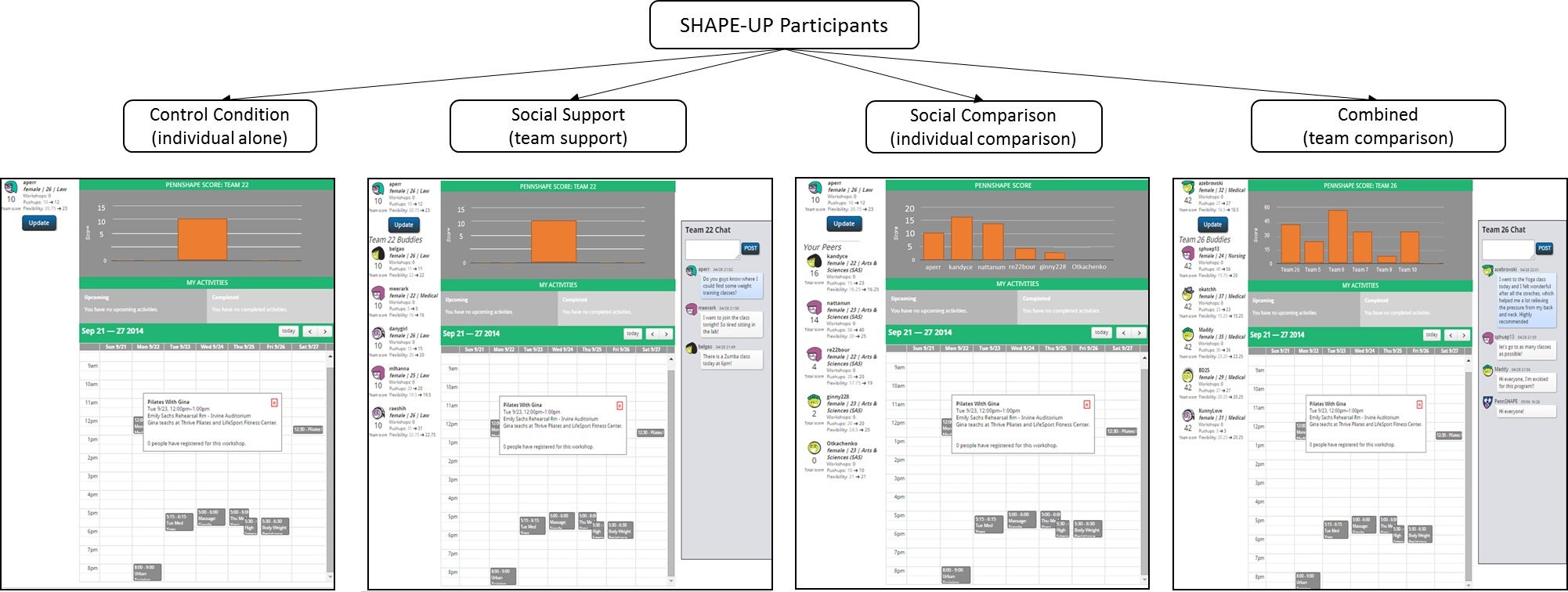Support or Competition?

Publications
Research Summary
Low levels of physical activity among young adults remains a serious nationwide problem, with 69% of Americans 18 to 24 years of age failing to meet the federal guidelines for physical activity in 2014. Among all the social and environmental factors affecting physical activity, interpersonal social networks are one of the most prominent targets for cost-effective interventions. Online social networks, in particular, have become a highly attractive target for large scale health initiatives; however, there is insufficient knowledge about why online networks might be effective sources of social influence for improving physical activity levels. One prominent argument in the literature on networks and health suggests that online relationships improve physical activity through supportive interactions that encourage healthy behaviors. An alternative approach stresses peer competition within online networks, emphasizing the value of social comparison as a mechanism for increasing individuals’ receptiveness to positive behavioral influences. We evaluate the effects of each of these approaches independently, and in combination, to determine how social motivations for behavior change directly impact people’s exercise activity.

We conducted a 4-arm randomized controlled trial in 2014 in Philadelphia, PA. Students (n=790) at an university were randomly assigned to one of four conditions composed of either supportive or competitive relationships and either with individual or team incentives for attending exercise classes. The social comparison condition placed participants into 6-person competitive networks with individual incentives. The social support condition placed participants into 6-person teams with team incentives. The combined condition with both supportive and competitive relationships placed participants into 6-person teams, where participants could compare their team’s performance to 5 other teams’ performances. The control condition only allowed participants to attend classes with individual incentives. Rewards were based on the total number of classes attended by an individual, or the average number of classes attended by the members of a team. The outcome was the number of classes that participants attended. Attendance numbers were 90% higher in the social comparison and the combined conditions in contrast to the two conditions without comparison. Social comparison was more effective for increasing physical activity than social support and its effects did not depend on individual or team incentives.
Experimental Data
Funding
Research on this project is supported under National Cancer Institute of the National Institutes of Health Award Number P20CA095856, and by an Annenberg Seed Grant to PI Damon Centola. The content is solely the responsibility of the authors and does not necessarily represent the official views of the National Institutes of Health.
